Updated February 1, 2018
In honor of Black History Month, American Masters looks at its recent films and archive to highlight artists and advocates who shaped America’s culture, changed the course of history and took a stand in the Civil Rights Movement to create a just society for all. Browse the archive of American Masters for more.
1. Lorraine Hansberry
On March 11, 1959, Lorraine Hansberry’s A Raisin in the Sun opened on Broadway and changed the face of American theater forever. As the first-ever black woman to author a play performed on Broadway, she did not shy away from richly drawn characters and unprecedented subject matter. The play attracted record crowds and earned the coveted top prize from the New York Drama Critics’ Circle. More saw the production in the 1961 film starring Sidney Poitier, Ruby Dee, Claudia McNeil, Diana Sands, Roy Glenn and Louis Gossett.
Lorraine Hansberry: Sighted Eyes/Feeling Heart (2018) portrays the writer’s lifetime commitment to fighting injustice and how she found her way to art—the theater—as her medium for activism at a crucial time for black civil rights. The film also explores her concealed identity as a lesbian and the themes of sexual orientation and societal norms in her works. The film title comes from Hansberry’s view that “one cannot live with sighted eyes and feeling heart and not know or react to the miseries which afflict this world.”
Hansberry (1930 – 1965) died at the young age of 34 and still left a legacy as a playwright, journalist and activist.
2. B.B. King
| FULL EPISODE |
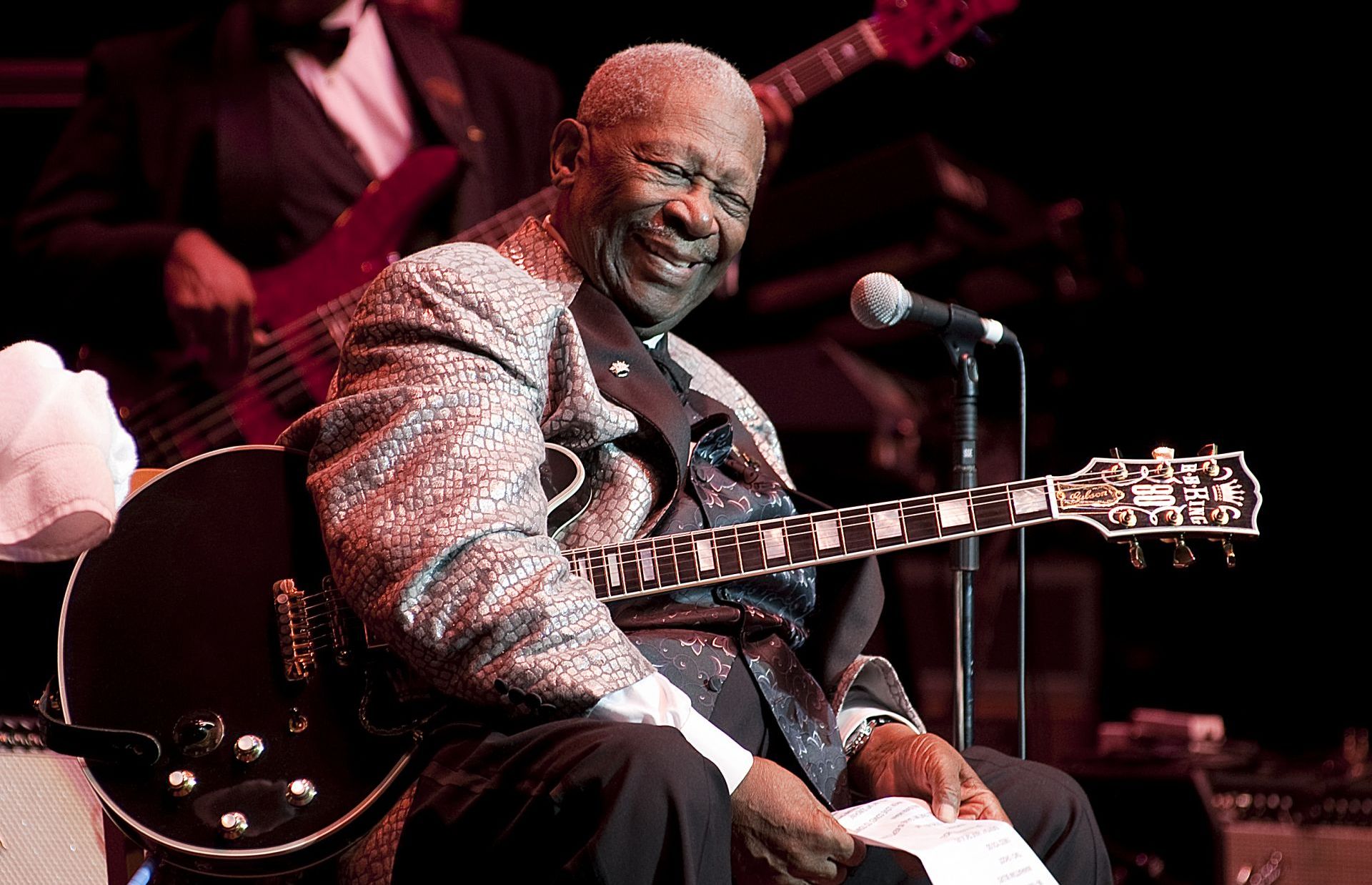
B.B. King was awarded the Presidential Medal of Freedom in 2006 by President W. Bush.
B.B. King (1925 – 2015), born Riley B. King, was one of the most influential and celebrated blues musicians of all time. From his roots as a sharecropper’s son, working in the cotton fields of Mississippi, he rose to become a living legend — the most renowned blues singer, songwriter, musician and record producer of the past 40 years — earning the moniker “King of the Blues.”
King’s story of struggle and triumph is chronicled in B.B. King: The Life of Riley (2016). Made with the full cooperation of The B.B. King Museum and Delta Interpretive Center in Indianola, Mississippi, B.B. King: The Life of Riley was filmed in locations across America, as well as the United Kingdom and completed shortly before King passed on May 14, 2015.
3. Maya Angelou
| FULL EPISODE |
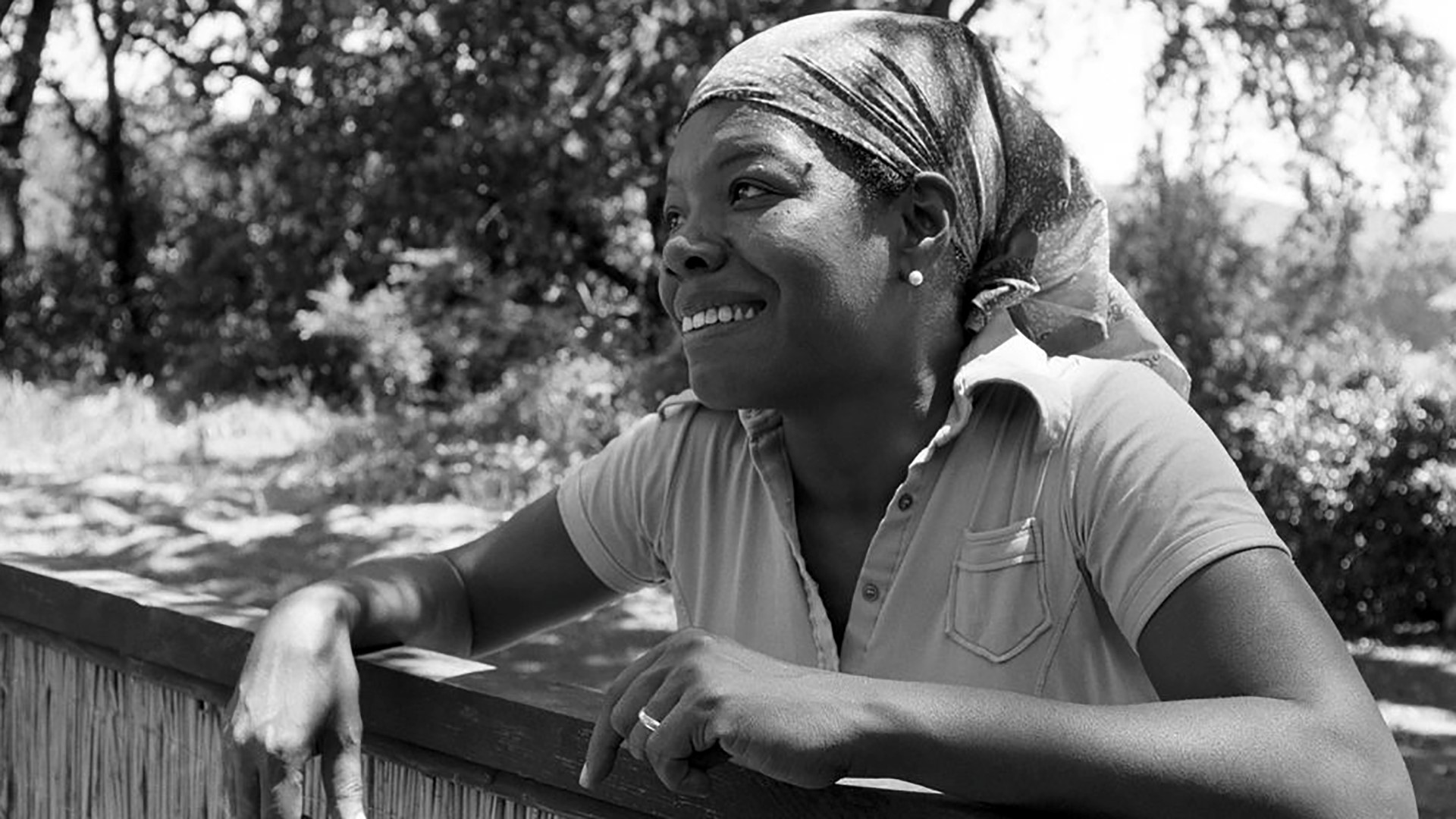
Maya Angelou was awarded the Presidential Medal of Freedom in 2011 by President Obama.
Distinctly referred to as “a redwood tree, with deep roots in American culture,” Dr. Maya Angelou (1928 – 2014) led a prolific life. As a singer, dancer, activist, poet and writer, she inspired generations with lyrical modern African-American thought that pushed boundaries. Best known for her autobiography I Know Why the Caged Bird Sings and poem “Still I Rise,” she gave people the freedom to think about their history in a way they never had before.
Angelou’s early performing career included her Miss Calypso album and Calypso Heat Wave film (1957) and Jean Genet’s play The Blacks (1961). In the realm of leadership and politics, Malcolm X worked with her in Ghana and President Bill Clinton asked her to write and read his inaugural poem, “On the Pulse of Morning.”
Maya Angelou: And Still I Rise (2017) reveals hidden facets of her life during some of America’s most defining moments. Watch an encore broadcast of Maya Angelou: And Still I Rise Friday, February 16 at 9/8c on PBS (check local listings). It will be available to stream online and on PBS apps the following day.
4. Althea Gibson
| FULL EPISODE |
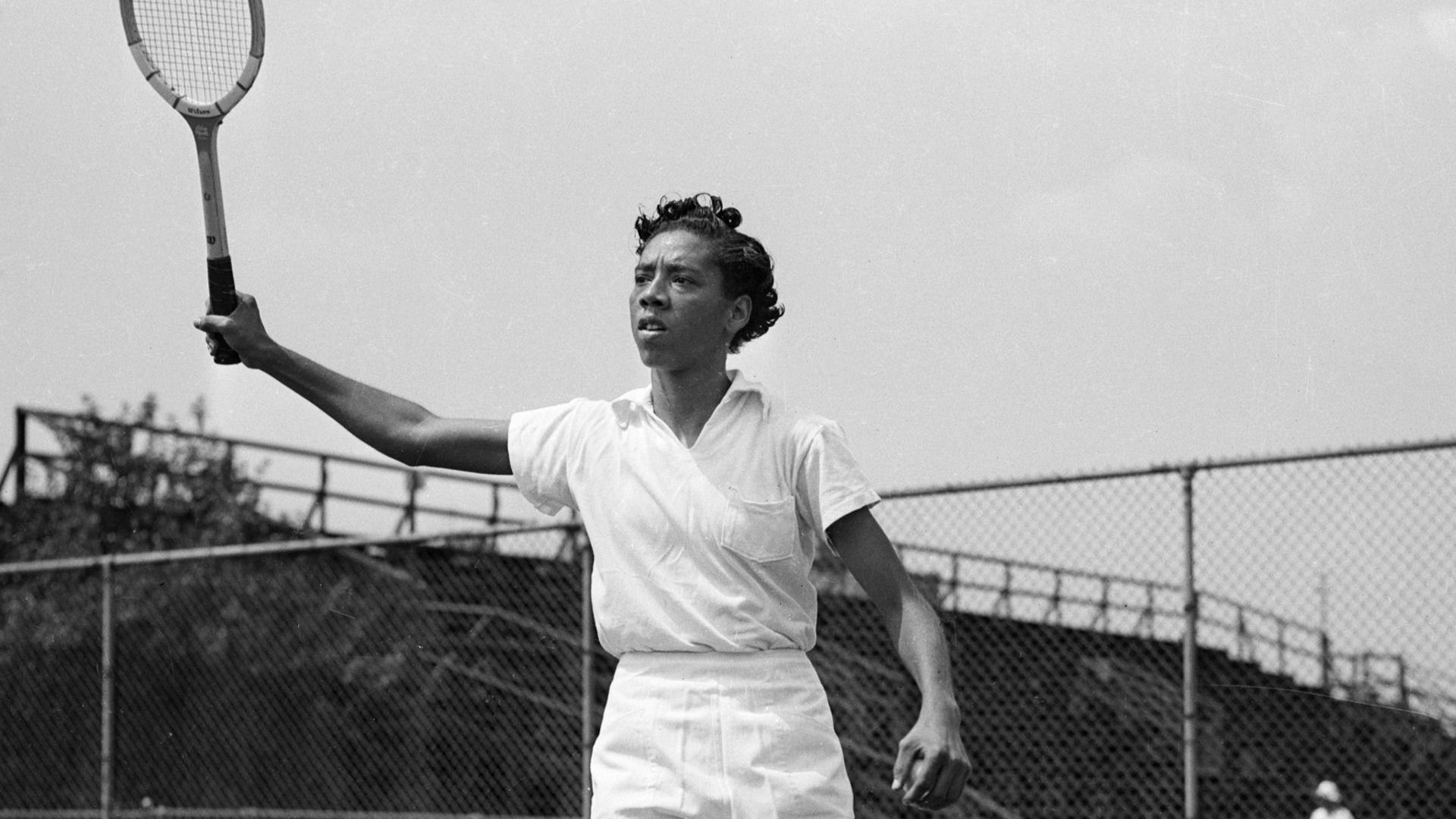
Althea Gibson (1927 – 2003) rose from the rough streets of Harlem to become the queen of the highly segregated tennis world in the 1950s. She was the first African American to play and win at Wimbledon and the U.S. Nationals (precursor of the U.S. Open) — a decade before Arthur Ashe.
Gibson was named Female Athlete of the Year by the Associated Press in both 1957 and 1958, garnering over 80 percent of the votes in 1958. She also became the first black woman to appear on the covers of Sports Illustrated and Time magazines.
The film Althea (2015) reveals the highs and lows of this remarkable athlete whose life and achievements transcend sports and have entered the annals of African American history.
5. August Wilson
| FULL EPISODE |
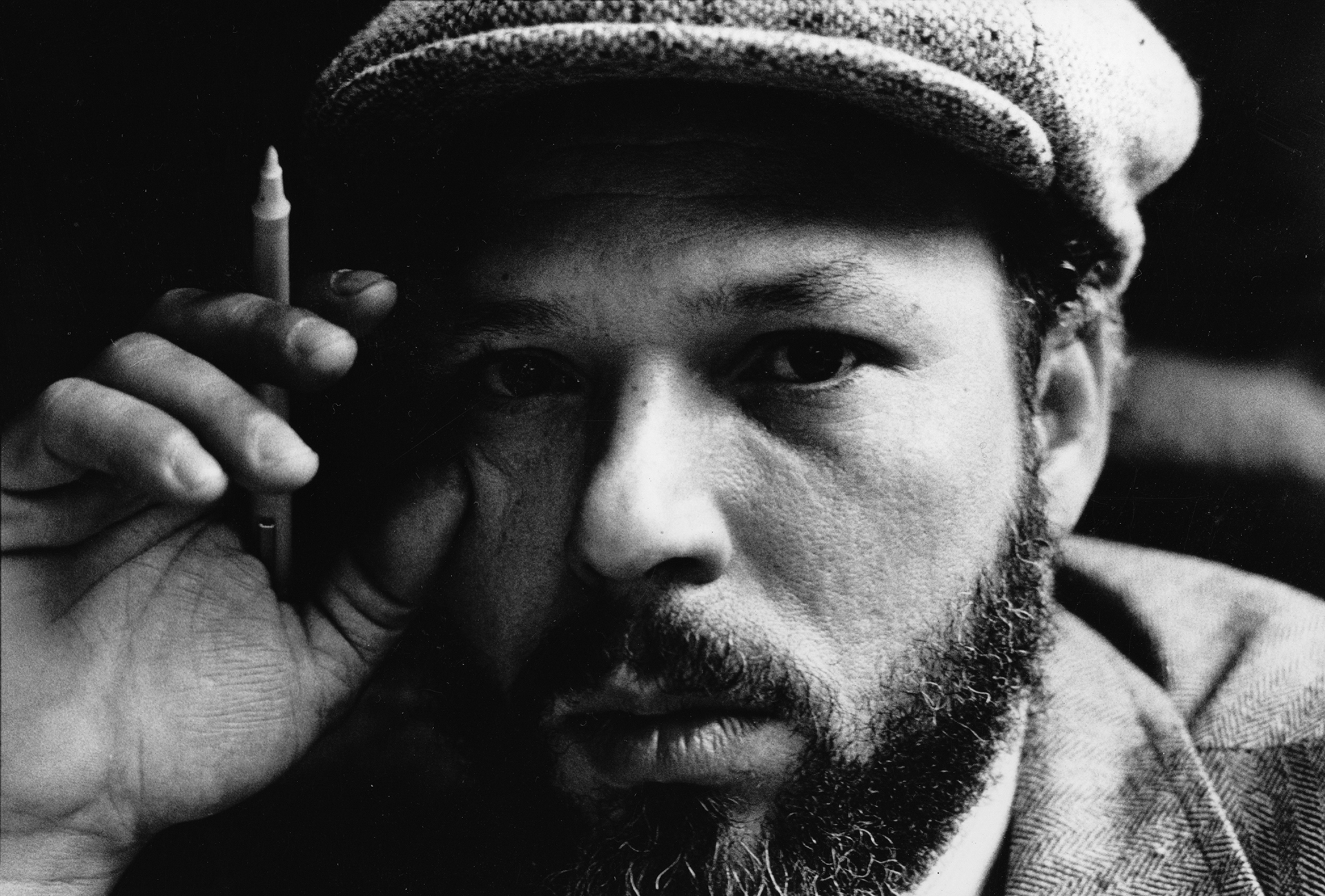
Photo: The Estate of August Wilson
Playwright August Wilson (1945 – 2005) wrote ten seminal plays (“The Century Cycle”) chronicling each decade of the 20th-century African-American experience. Fences and The Piano Lesson both won Pulitzer Prizes and Fences also won a Tony Award. Self-educated in Pittsburgh’s public library and streets, Wilson was influenced by the rising black consciousness of the 1960s and became a young, activist poet before turning to play writing. He founded the Black Horizon Theater in Pittsburgh and his collaboration with mentor-director Lloyd Richards led to nine original Broadway productions.
August Wilson: The Ground on Which I Stand (2015) commemorated the 70th anniversary of the playwright’s birth and the 10th anniversary of his death. Our Classroom section has resources for educators.
6. Fats Domino
| FULL EPISODE |
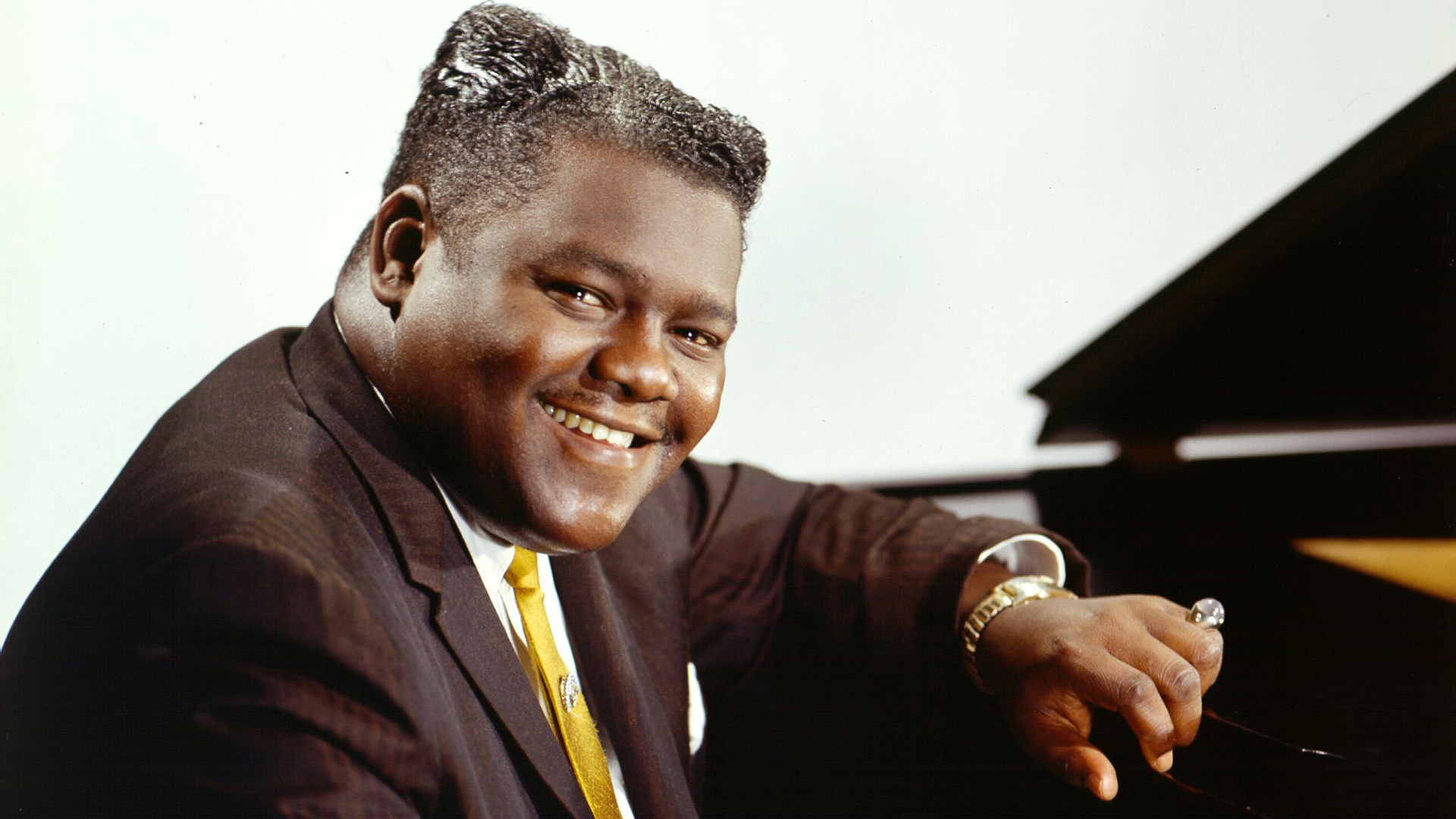
Fats Domino (1928 – 2017) was born Antoine Domino, Jr. on February 26, 1928 in New Orleans. His journey from a poor childhood in the Lower Ninth Ward to a key figure in rock ‘n’ roll is told in Fats Domino and The Birth of Rock ‘n’ Roll (2016) using vintage performances of “I’m in Love Again,” “Blueberry Hill,” “Blue Monday” and “Walking to New Orleans” interwoven with reminiscences of fellow architects of rock ‘n’ roll. The documentary traces how Fats Domino’s brand of New Orleans rhythm and blues morphed into rock and roll.
The crossover record was Domino’s 1955 “Ain’t That a Shame.” By the end of 1956, Domino was making appearances on major network television and even in Hollywood films (The Girl Can’t Help It and Shake, Rattle and Rock).
In 1957, the Domino band traveled 13,000 miles across the United States working 355 shows, and selling out nightclubs and concert halls whenever they played. Yet, despite being the most popular rock ‘n’ roll band in the country, with a sizable number of white fans, Domino and his band were denied access to lodging, food and services, and forced to use “For Colored Only” facilities.
7. James Brown
“The Hardest-Working Man in Show Business,” “Soul Brother Number One,” “the Godfather of Soul,” “the Minister of New New Super Heavy Funk” — in whatever guise, James Brown (1933 – 2006) is unquestionably one of the most charismatic musical icons of the 20th century.
The soul music legend embraced the Civil Rights Movement with the same energy and dynamism he devoted to his performances. In 1966, the song “Don’t Be a Drop-Out” urged black children not to neglect their education. In the same year, he flew down to Mississippi to visit the wounded civil rights activist James Meredith, shot during his “March Against Fear.” From 1965 onward, Brown often canceled his shows to perform benefit concerts for black political organizations like the Southern Christian Leadership Conference (SCLC). In 1968, he initiated “Operation Black Pride,” and, dressing as Santa Claus, presented 3,000 certificates for free Christmas dinners in the poor black neighborhoods of New York City. He also started buying radio stations.
Learn more about James Brown, the subject of James Brown: Soul Survivor (2003).
8. Cab Calloway
Singer, dancer and bandleader Cab Calloway (1904 – 1997) led one of the most popular African-American big bands during the Harlem Renaissance and jazz and swing eras of the 1930s-40s. He was the star of The Cotton Club – where blacks could perform but not attend – and after breaking the color barrier with his “Hi de hi de hi de ho” hit refrain from signature song “Minnie the Moocher,” Cab was one of the first black musicians to tour the segregationist South.
Also known for his portrayal of Sportin’ Life in Porgy and Bess (1952), and role in The Blues Brothers (1980), Cab influenced countless performers, including Michael and Janet Jackson, and many of today’s hip-hop artists.
In a film recording, Calloway gave fans a tour of historic Harlem Jazz clubs, including the places where the singers and band leaders and dancers went to get the best fried chicken. Calloway was featured on American Masters with Cab Calloway: Sketches (2012).
9. Sam Cooke
Singer Sam Cooke (1931 – 1964) put the spirit of the black church into popular music, creating a new American sound and setting into motion a chain of events that forever altered the course of popular music and race relations in America. With “You Send Me” in 1957, Cooke became the first African American artist to reach #1 on both the R&B and the pop charts.
After “You Send Me” went gold, selling over a million records, Cooke followed with “Soothe Me,” “Feel It,” “Bring It On Home to Me,” “Wonderful World,” “Cupid,” “Twistin’ the Night Away” – all of which hit the charts within a two-year period. In combining two worlds, his constant challenge was to sing meaningful lyrics with the fervor of gospel and the romance of pop. He came closest with “Chain Gang,” observed and written during the Civil Rights era and with the poignant, biting lyrics and melody of “A Change is Gonna Come” in 1962, fashioned out of the depth of personal pain and loss.
Sam Cooke: Crossing Over premiered in 2010, and explores how he accomplished what no other black performer had ever even attempted, founding his own music publishing and record label, opening doors for and writing material for other artists – mentoring Aretha Franklin and launching Otis Redding.
10. Ella Fitzgerald
From her early days in Harlem to the upper stratosphere of international musical fame, Ella Fitzgerald (1917 – 1996) lived the quintessential American success story. One of the early “scat” performers, Fitzgerald found a place among the growing jazz innovators, making recordings with such greats as Billie Holiday, Duke Ellington, and Louis Armstrong. Her true genius, however, was not formal innovation or deeper expression, but artistic renderings of the enthusiastic songs of her time.
Through 58 years of performing, 13 Grammys and more than 40 million records sold, she elevated swing, bebop and ballads to their highest potential. She was, undeniably, the First Lady of Song. She received the National Medal of Honor in 1992. Learn more about Ella Fitzgerald, subject of Ella Fitzgerald: Something to Live For (2005).
11. Jimi Hendrix
Widely recognized as one of the most creative and influential musicians of the 20th century, Jimi Hendrix (1942 – 1970) pioneered the explosive possibilities of the electric guitar. Hendrix’s innovative style of combining fuzz, feedback and controlled distortion created a new musical form.
Hendrix first gained fame in Great Britain with his group, The Jimi Hendrix Experience, and began touring U.S. music festivals in 1967. His renegade version of “Star Spangled Banner” performed at Woodstock in 1969 stunned audiences and lives on as a statement of an era torn by the Vietnam War and the assassinations of revered Civil Rights leaders and politicians.
From demo recordings to finished masters, Jimi Hendrix generated an amazing collection of songs over the course of his short career. The music of Jimi Hendrix embraced the influences of blues, ballads, rock, R&B and jazz, a collection of styles that continue to make Hendrix one of the most popular figures in the history of rock music.
Learn more about the Emmy Award-winning film Jimi Hendrix: Hear My Train A Comin’ (2013).
12. Sidney Poitier
Throughout the 1950s, Sidney Poitier (b. 1927) made some of the most important and controversial movies of the time. Addressing issues of racial equality abroad, he made Cry, The Beloved Country (1951) about apartheid in South Africa. He later took on problems closer to home in Blackboard Jungle (1955), and especially The Defiant Ones (1958), about two escaped prisoners who must overcome issues of race in their struggle for freedom.
In 1959, Poitier returned to the stage with a stirring performance of Walter Lee in Lorraine Hansberry’s Broadway play A Raisin in the Sun. Poitier would reprise his role for the Hollywood adaptation in 1961. It was not until his role in Lilies of the Field (1963) that the movie industry saluted Poitier with its greatest award. In an era where Martin Luther King, Jr. won the Nobel Prize and Thurgood Marshall was appointed to the Supreme Court, Sidney Poitier was the first black man to win an Academy Award for Best Actor.
Learn more about Sidney Poitier, the subject of Sidney Poitier: One Bright Light (2000).
13. Paul Robeson
The epitome of a 20th-century Renaissance man, Paul Robeson (1898 – 1976) was an exceptional athlete, Broadway and Hollywood actor, bass baritone singer, cultural scholar, author and political activist.
Robeson’s talents made him a revered man of his time, yet his radical political beliefs all but erased him from popular history. During the 1940s, Robeson’s black nationalist and anti-colonialist activities brought him to the attention of Senator Joseph McCarthy. Despite his contributions as an entertainer to the Allied forces during World War II, Robeson was singled out as a major threat to American democracy.
From 1950 to 1955 he published the weekly paper Freedom in Harlem, where playwright and journalist Lorraine Hansberry was an editorial assistant.
To this day, Paul Robeson’s many accomplishments remain obscured by the propaganda of those who tirelessly dogged him throughout his life. His role in the history of civil rights and as a spokesperson for the oppressed of other nations remains relatively unknown. In 1995, more than 75 years after graduating from Rutgers University, his athletic achievements were finally recognized with his posthumous entry into the College Football Hall of Fame.
Learn more about Paul Robeson: Renaissance Man, which premiered in 1999.
14. Sister Rosetta Tharpe
In 1938, gospel singer and guitar virtuoso Sister Rosetta Tharpe (1915 – 1973) became a hit when she joined the cast of the fall 1938 Cotton Club Revue, which headlined Cab Calloway and the Nicholas Brothers dancers.
Sister Rosetta was born to poor cotton pickers in Cotton Plant, Arkansas. At the age of six, she was taken by her evangelist mother to Chicago to join the Church of God in Christ, where she developed her distinctive performing style. In 1938, at the age of 23, she briefly left the church for show business, causing huge controversy when she performed songs laden with sexual innuendo in New York City venues such as the famed Cotton Club and Café Society, where she immediately became a favorite of both Cab Calloway and Duke Ellington.
Sister Rosetta soon returned to her gospel roots and performed in packed churches and theaters throughout America and Europe, becoming one of America’s most distinctive recording stars on radio and television during the 1940s, 1950s and 1960s. She introduced the spiritual passion of her gospel music into the secular world of rock n’ roll, inspiring some of its greatest stars, including Chuck Berry, Elvis Presley, Jerry Lee Lewis and Little Richard.
Learn more her music and Sister Rosetta Tharpe: The Godmother of Rock & Roll (2013).
15. Alice Walker
Writer and activist Alice Walker (b. Feb. 9, 1944) made history as the first African-American woman to win the Pulitzer Prize for Fiction for her seminal novel The Color Purple (1982), for which she won the National Book Award.
Alice Walker: Beauty in Truth (2014) charts Walker’s inspiring journey from her birth into a family of sharecroppers in Eatonton, Georgia, to the present. The film explores Walker’s relationship with her mother, poverty and participation in the Civil Rights Movement, which were the formative influences on her consciousness and became the inherent themes in her writing. Living through the violent racism and seismic social changes of mid-20th century America, Walker overcame adversity to achieve international recognition as one of the most influential — and controversial — writers of the 20th century.
16. James Baldwin
Words – both written and spoken – were James Baldwin’s greatest gift to America and to people of all races all over the world. Baldwin (1924 –1987) electrified readers with his insights about what it meant to be black in America. He preached brotherhood, not violence, with searing honesty; his truth was laced with pain and anger.
For many, Baldwin’s clarion call for human equality – in the essays of Notes of a Native Son, Nobody Knows My Name and The Fire Next Time – became an early and essential voice in the Civil Rights movement. Though at times criticized for his pacifist stance, Baldwin remained an important figure in that struggle throughout the 1960s.
Watch outtakes from James Baldwin: The Price of the Ticket (1989). Our Classroom section has resources on James Baldwin for educators.
17. Zora Neale Hurston
The diverse accomplishments of anthropologist and author Zora Neale Hurston (1891 – 1960) include novels such as Their Eyes Were Watching God (1937) and Moses, Man of the Mountain (1939) and anthropological research in the American South and Caribbean, which she documented on film and in books and articles. She wrote: “I have never liked stale phrases and bodyless courage. I have the nerve to walk my own way, however hard, in my search for reality, rather than climb upon the rattling wagon of wishful illusions.”
Her perspective on lynching, segregation and white “liberals” is captured in a letter she wrote in 1943.
Examining Hurston’s life and career, Zora Neale Hurston – Jump at the Sun premiered on American Masters in 2008. Our Classroom section has resources on Zora Neale Huston for educators.
